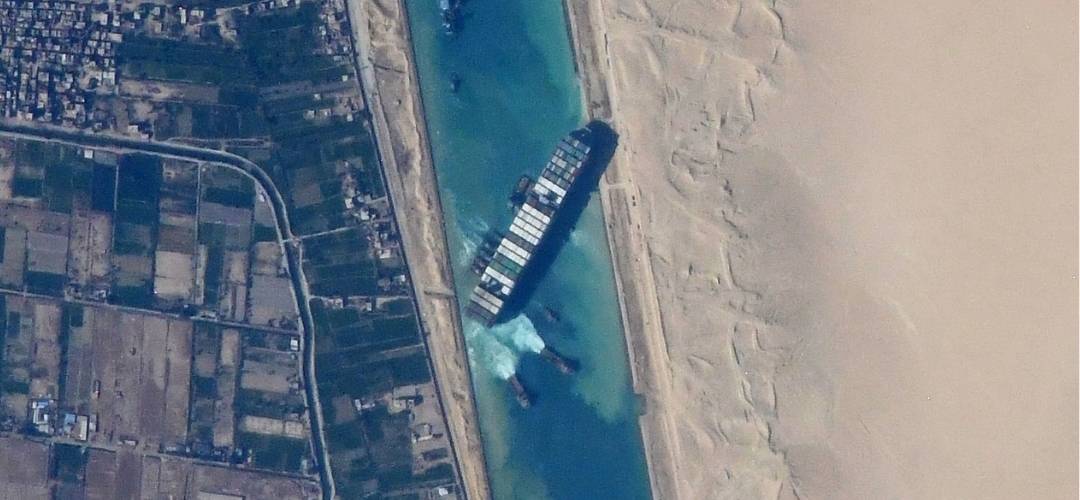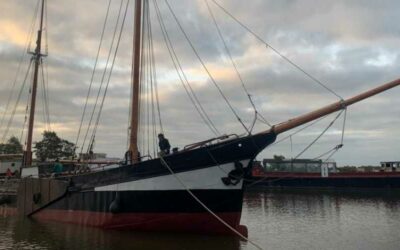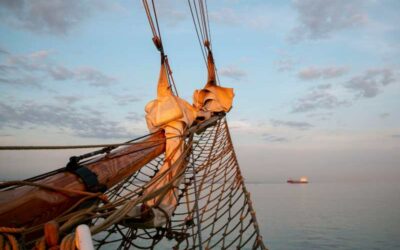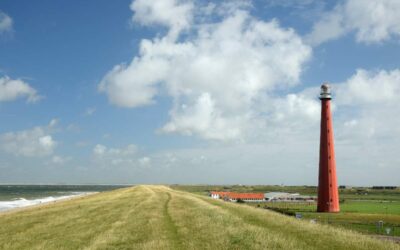Part 1
This is the first part of a series of articles describing the “why” of investing in green shipping, in sail cargo and EcoClipper. In this piece you will be taken along to some of the current affairs in the global economy, which forms the basis of the demand for green shipping. In the next article the trend in the rise of green sailing cargo companies is discussed. The third article takes you along in a case study describing the advantages of investing in one of these sailing cargo companies: EcoClipper.
If you would like to read more about special subjects please let us know by emailing info@ecoclipper.org, and it might be possible to feature it in a later part of this series.
How recent events are affecting world trade and shipping.
After decades of decreasing costs in conventional shipping through containerization, the further process of economies of scale and the launch of ever larger vessels, the tide started turning about 5 years ago. It began with a rise of geopolitical tension, between large economies like China, the US and Europe – although economic expansion continued. Then COVID and its lockdowns spread globally and ports closed down. But, unexpectedly, global trade continued to rise. As a final blow the blocking of the Suez channel by the “Evergreen”, one of the largest container vessels afloat, sent global freight rates to heights never witnessed before in the age of the container.
Since those developments, the war between Russia and Ukraine and the attached sanctions means more uncertainty in fuel availability, rising prices of raw materials and the partial banning (for certain ports) of Russian cargo vessels of the global shipping fleet. This is causing an even further disruption in, and demand for, shipping. Thus the logistic sector is trimming her proverbial sails to brave a perfect storm.
This perfect storm, although raising the average costs of logistics, is now also closing the gap between the costs of conventional and green ships.
Climate movement
Around the same time when shipping costs started going up, the climate movement started to gain a footing and the public, with its youth first, demanded change. The most forward thinking companies recognised the need for change, and have started analysing their production processes to reduce emissions. The easy wins have proven to be: energy reduction in production; different packaging material; and a search for circular economics. The remaining large producer of greenhouse gases is the transport sector, and a solution could not be easily found.
Starting with the NGO Urgenda, suing the Dutch State for not taking enough responsibility for the climate, trials against corporations to change their environmental policies for the better, have become commonplace. To find a solution for the emissions caused by transport, the first win is consuming less, the second is localising production, and the final step is replacing the conventional shipping sector with green shipping.

Green shipping
It is clear that green shipping is the future of logistics. So far most developments in this field have been ashore in electrification of the vehicle fleet. At sea, changes in the shipping world (a traditionally conservative industry) have been slow and barely reach the core of the matter. However, lately large maritime shipping suppliers have caught up on the race to sustainability through commissioning research, reports and promises…
The true disruptive change may well come from the small lean players who are able to start from scratch. There are a range of technologies in the shipping world which hold good cards to deliver real green and sustainable shipping. The most promising of these is the age-old and proven concept of the sailing ship. And for the early investor this opens unique opportunities.
To conclude, green shipping is the logical outcome of the current global situation in the economy. This is why an investor portal was launched, where you are able to invest directly in the green shipping cooperative: EcoClipper. If you would like to brainstorm about investing in sail cargo, do not hesitate to schedule a meeting via info@ecoclipper.org.
Following seas and royals all the way!
Captain Jorne Langelaan




